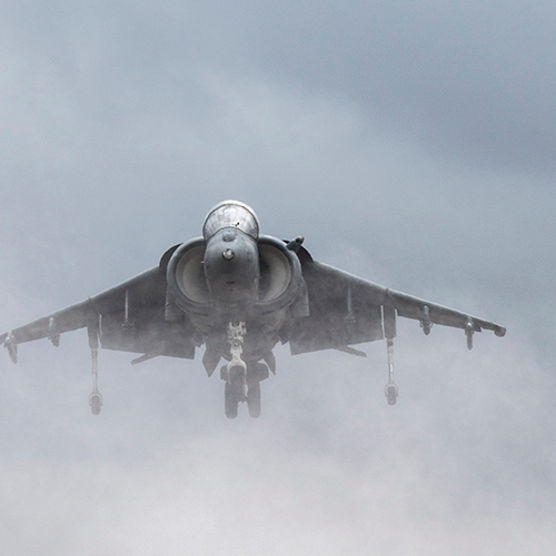How Humans Take Flight
You’ve probably heard the term, “rocket scientist” before, referring to someone very clever. Or the saying, “it’s not rocket science”, an ironic expression to indicate that a task is simple.
Aerospace engineering is often colloquially referred to as “rocket science”, however strictly speaking, “science” is about understanding the origins, nature, and behaviour of the universe, whereas engineering is about using scientific and engineering principles to solve problems and develop new technology.
Aerospace, or aeronautical engineering, deals with designing and building machines that fly within Earth’s atmosphere, such as fixed-wing aeroplanes and jets, gliders, autogyros, helicopters and more.
It is one of the newest branches of engineering, tracing back to aviation pioneers around the late 19th to early 20th centuries. One of the most important people in the history of aerospace engineering was Sir George Cayley, who is credited as the first person to separate the forces of lift and drag, which are in effect on any flight vehicle.
Arguably one of the most famous names in aviation are the Wright brothers, generally credited with inventing, building, and flying the world’s first successful aeroplane. In 1903, they made the first controlled, sustained flight of a powered, heavier-than-air-aircraft. Although the Wright brothers were not the first to build an experimental aircraft, they were the first to invent aircraft controls that made fixed-wing powered flight possible.
Early knowledge of aerospace engineering was largely empirical with some concepts and skills imported from other branches of engineering. Key elements like fluid dynamics were understood by scientists in the 18th century. Today, other elements of aerospace engineering include: materials science, thermodynamics, propulsion, airframe structures, aerodynamics, computer aided-design software and much more.
As an engineer in this fast-growing industry, you can expect to play a key role in the design, construction, testing and maintenance of a wide range of aircrafts, focussing on various aspects such as flight safety, fuel efficiency, environmental impact, operating costs, calculating project timescales, writing manuals, and developing new technologies.
Aerospace engineers have a practical and logical mind, and have a desire to know how things work and how to make them work better, making significant contributions to our ever-changing world.





